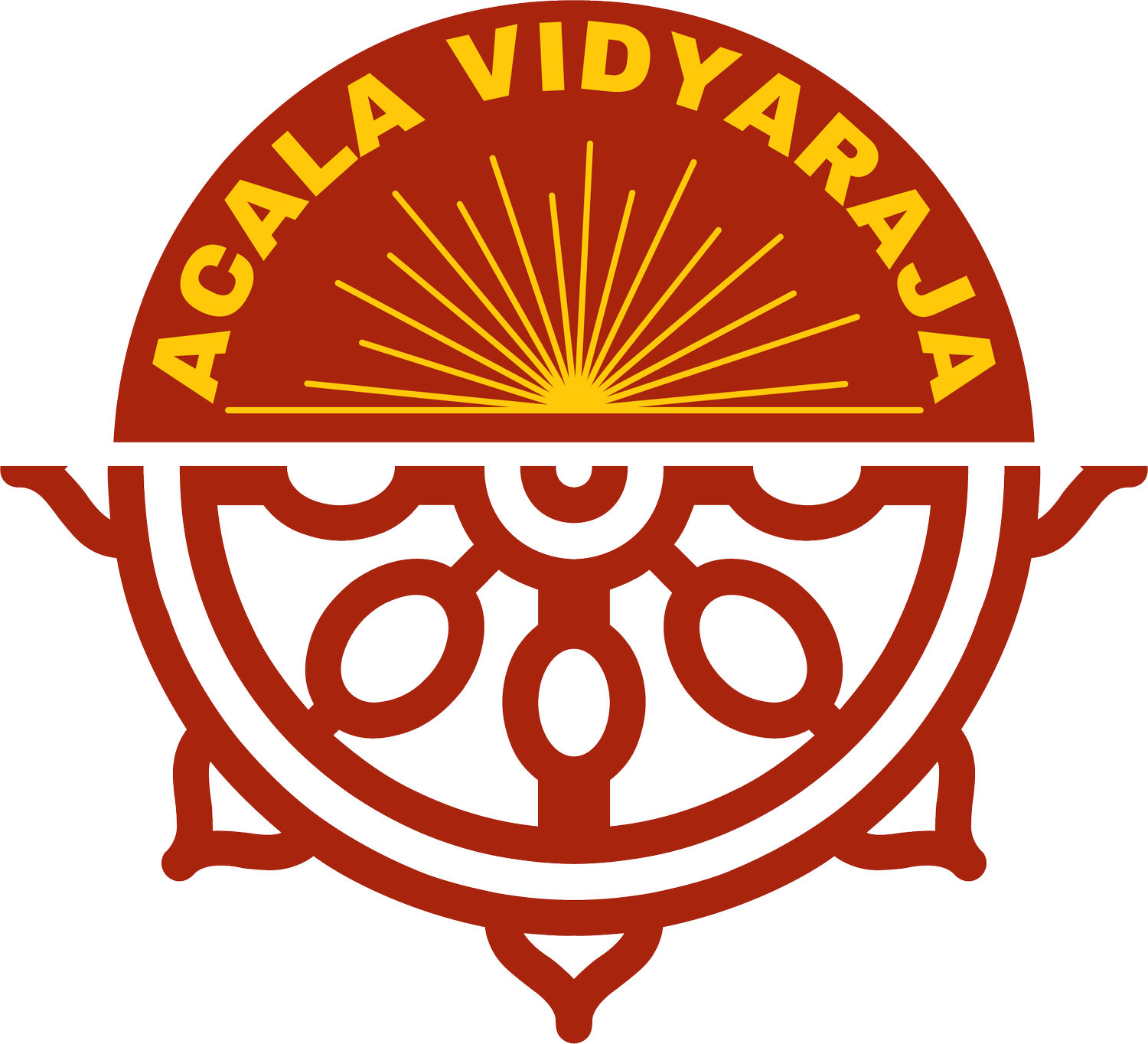Düsum Khyenpa: The First Karmapa and Knower of the Three Time
Düsum Khyenpa (Tibetan: དུས་གསུམ་མཁྱེན་པ་, Wylie: dus gsum mkhyen pa) (1110–1193) was the 1st Gyalwa Karmapa, head of the Karma Kagyu (ka rma bka’ brgyud) school of Tibetan Buddhism. Dusum Khyenpa or Khyenpa or Khenpa (1110-1193) (Du-song Qian-ba Da-fa-wang): Tibetan Dharma King and disciple of Gampopa who became the First Karmapa. Düsum Khyenpa literally means "Knower of the Three times" (or past, present and future). It was given to him to refer to knowledge of the three forms of time he gained at enlightenment including the "timeless time" of enlightened awareness. He was born to a devout family of Buddhist practitioners in Teshö in eastern Tibet and was called Gephel as a child. He first studied with his father and then continued training with other Buddhist teachers in the region. He was a gifted child who studied and practiced Dharma intently from an early age. Already quite learned by the age of twenty, he became a monk and studied the sutras and tantra intensively for a further ten years. At thirty, he went to Daklha Gampo -- Gampopa's monastery—to receive teachings from him. Although this was a historic meeting of two great Buddhist bodhisattvas emanating on Earth with a profound purpose, Gampopa nevertheless first made Dusum Khyenpa train formally in the foundation practices of the Kadampa tradition and, following that, in the general philosophy of the sutras. This set a fine example for all future Kagyu followers and showed the need for the correct basis of knowledge even when—especially when—one does the most powerful of Vajrayana practices. The first Karmapa received empowerments and instruction in the Hevajra tantra and spent four years in strict retreat, training in the peaceful stability (shamatha) and profound insight (vipaśyanā) aspects of meditation. He then received the full transmission of the inner instructions of the Kagyu tradition. In nine days he absorbed what Naropa had received over 12 years from Tilopa. Rechungpa, the 'moon-like disciple of Milarepa, also instructed him, principally in the Six Yogas of Naropa. His attainment in one of these -- tummo, inner-heat—was particularly boosted by his own natural compassion and produced rapid results. Following his teacher's instruction he then went away to meditate. Gampopa eventually died and Dusum Khyenpa returned to Daklha Gampo to honor his remains. He had a powerful vision of his teacher and knew that it was time to implement one of his final instructions: to go to the place where he would achieve enlightenment—Kampo Kangra—and there to practice mahamudra. He promised that he would live until the age of 84, in order to benefit the Dharma. He achieved enlightenment at the age of fifty, while practicing dream yoga. He had a vision at that time of the celestial beings (dakinis) offering him a vajra crown woven from their hair. His name—Dusum Khyenpa—means 'Knower of the Past, Present and Future', referring to the total lucidity he attained at enlightenment, giving him knowledge of the three modes of time, and the 'timeless time' of enlightened awareness. do a complete article with clear explanations
Düsum Khyenpa (1110–1193), also known as the First Karmapa, was a prominent figure in Tibetan Buddhism, particularly as the head of the Karma Kagyu school. His life and teachings have had a profound impact on the development of the Kagyu tradition. The name "Düsum Khyenpa" translates to "Knower of the Three Times," reflecting the enlightened awareness and understanding he gained in relation to past, present, and future. This article delves into the life, teachings, and spiritual achievements of Düsum Khyenpa.
Early Life and Education: Düsum Khyenpa was born into a devout Buddhist family in Teshö, eastern Tibet. Named Gephel as a child, he displayed exceptional aptitude for Dharma studies from a young age. Initiated into the teachings by his father, he continued his education under various Buddhist teachers in the region. By the age of twenty, he became a monk, dedicating himself to the intensive study of sutras and tantras over the next ten years.
Meeting Gampopa and Formal Training: At the age of thirty, Düsum Khyenpa journeyed to Daklha Gampo, the monastery of Gampopa, a renowned teacher and disciple of Milarepa. Despite their significant roles in the Kagyu tradition, Gampopa insisted that Düsum Khyenpa undergo formal training in the Kadampa tradition and sutra philosophy before delving into advanced Vajrayana practices. This exemplified the importance of a strong foundation even in profound spiritual practices.
Empowerments, Retreat, and Inner Instructions: Under Gampopa's guidance, Düsum Khyenpa received empowerments and instructions in the Hevajra tantra. Following a four-year strict retreat focused on shamatha (peaceful stability) and vipaśyanā (profound insight), he received the full transmission of the inner instructions of the Kagyu tradition. Remarkably, he absorbed in nine days what had taken Naropa twelve years to receive from Tilopa.
Rechungpa, a prominent disciple of Milarepa, further instructed Düsum Khyenpa in the Six Yogas of Naropa, significantly enhancing his mastery of tummo, inner-heat meditation. Driven by natural compassion, Düsum Khyenpa achieved rapid results in his practice.
Enlightenment and Vision: After Gampopa's passing, Düsum Khyenpa returned to Daklha Gampo to honor his teacher's remains. Following Gampopa's final instruction, Düsum Khyenpa had a powerful vision prompting him to go to Kampo Kangra to practice mahamudra, a form of meditation leading to enlightenment. True to his promise, he achieved enlightenment at the age of fifty while practicing dream yoga.
In a visionary experience during enlightenment, celestial beings (dakinis) offered him a vajra crown woven from their hair. This auspicious event marked the fulfillment of his name, Düsum Khyenpa, as the "Knower of the Past, Present, and Future."
Legacy and Impact: Düsum Khyenpa's life exemplifies the importance of a well-rounded spiritual education and the integration of foundational practices with advanced teachings. His contributions to the Kagyu tradition and Tibetan Buddhism at large endure through the lineage of Karmapas and the continued practice of mahamudra and other profound teachings within the Karma Kagyu school.



